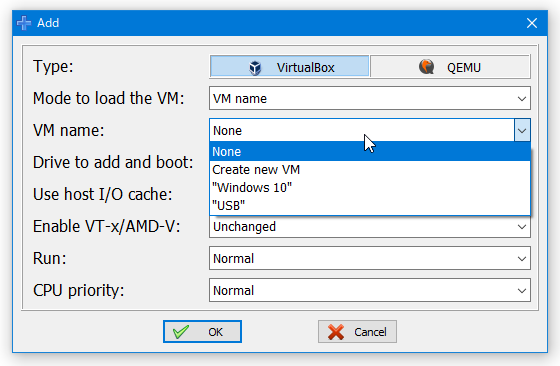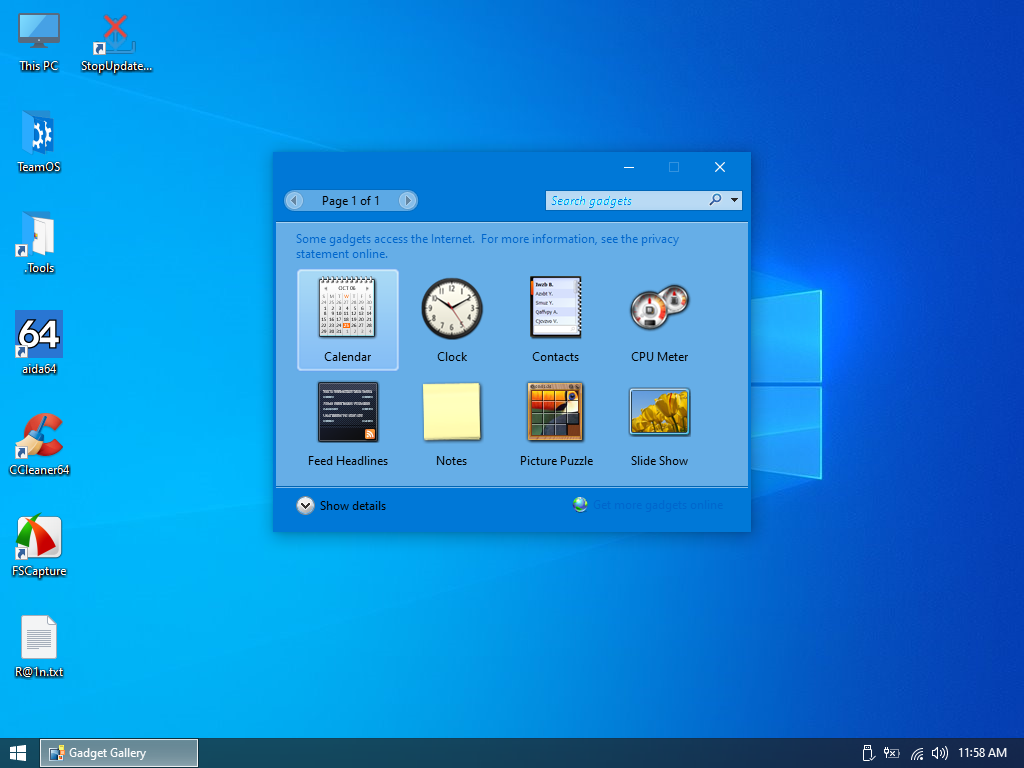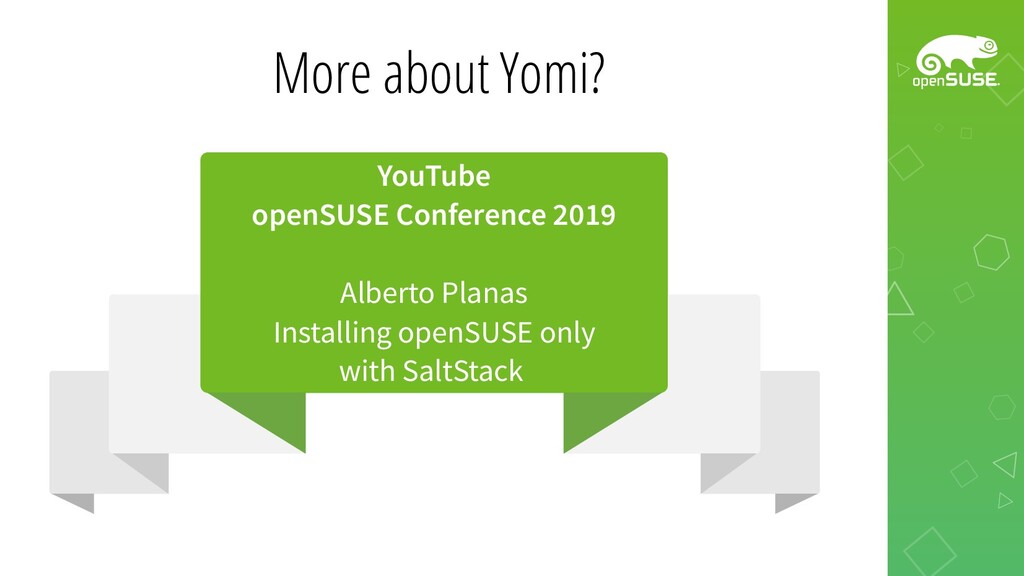

In 2002 a previous version of the source code was briefly forked into a product called ARMBoot, but was merged back into the PPCBoot project shortly thereafter. Version 0.4.1 of PPCBoot was first publicly released July 19, 2000. In October 1999 Wolfgang Denk moved the project to and renamed it to PPCBoot, because SF.net did not allow project names starting with digits. The project's origin is a 8xx PowerPC bootloader called 8xxROM written by Magnus Damm. U-Boot includes support for these filesystems: This way, rather than requiring the data that U-Boot will load to be stored at a fixed location on the storage device, U-Boot can read the filesystem to search for and load the kernel, device tree, etc., by pathname. However, U-Boot can also read from (and in some cases, write to) filesystems. U-Boot does not need to be able to read a filesystem in order for the kernel to use it as a root filesystem or initial ramdisk U-Boot simply provides an appropriate parameter to the kernel, and/or copies the data to memory without understanding its contents. Network boot (optionally using DHCP, BOOTP, or RARP).U-Boot itself must be booted by the platform, and that must be done from a device that the platform's ROM is capable of booting from, which naturally depends on the platform.) (Note: These are boot sources from which U-Boot is capable of loading data (e.g. Using these commands, data can be read from or written to any storage system that U-Boot supports, which include: U-Boot's commands are actually generalized commands which can be used to read or write any arbitrary data. device tree or ramdisk image) into memory, and then executing the kernel with the appropriate arguments. U-Boot boots an operating system by reading the kernel and any other required data (e.g.
#U boot x86 serial
U-Boot has support for USB, so it can use a USB keyboard to operate the console (in addition to input from the serial port), and it can access and boot from USB Mass Storage devices such as SD card readers.

#U boot x86 upgrade
It's even possible to upgrade U-Boot using U-Boot, simply by reading the new bootloader from somewhere (local storage, or from the serial port or network) into memory, and writing that data to persistent storage where the bootloader belongs. Because U-Boot's commands are fairly low-level, it takes several steps to boot a kernel, but this also makes U-Boot more flexible than other bootloaders, since the same commands can be used for more general tasks.
#U boot x86 Pc
Unlike PC bootloaders which obscure or automatically choose the memory locations of the kernel and other boot data, U-Boot requires its boot commands to explicitly specify the physical memory addresses as destinations for copying data (kernel, ramdisk, device tree, etc.) and for jumping to the kernel and as arguments for the kernel.
#U boot x86 download
There are also commands to read device information, read and write flash memory, download files (kernels, boot images, etc.) from the serial port or network, manipulate device trees, and work with environment variables (which can be written to persistent storage, and are used to control U-Boot behavior such as the default boot command and timeout before auto-booting, as well as hardware data such as the Ethernet MAC address). Using the CLI, users can load and boot a kernel, possibly changing parameters from the default. U-Boot runs a command-line interface on a console or a serial port. UEFI binaries like GRUB or the Linux kernel can be booted via the boot manager or from the command-line interface. U-Boot implements a subset of the UEFI specification as defined in the Embedded Base Boot Requirements (EBBR) specification. Regardless of whether the SPL is used, U-Boot performs both first-stage (e.g., configuring memory controllers and SDRAM) and second-stage booting (performing multiple steps to load a modern operating system from a variety of devices that must be configured, presenting a menu for users to interact with and control the boot process, etc.).

DRAM initialization using CPU cache as RAM) and load the larger, fully featured version of U-Boot. If there are size constraints, U-Boot may be split into two stages: the platform would load a small SPL (Secondary Program Loader), which is a stripped-down version of U-Boot, and the SPL would do some initial hardware configuration (e.g. on-chip ROM of the ARM CPU) from a supported boot device, such as an SD card, SATA drive, NOR flash (e.g. U-Boot is both a first-stage and second-stage bootloader. It is available for a number of computer architectures, including 68k, ARM, Blackfin, MicroBlaze, MIPS, Nios, SuperH, PPC, RISC-V and x86. Das U-Boot (subtitled "the Universal Boot Loader" and often shortened to U-Boot see History for more about the name) is an open-source, primary boot loader used in embedded devices to package the instructions to boot the device's operating system kernel.


 0 kommentar(er)
0 kommentar(er)
